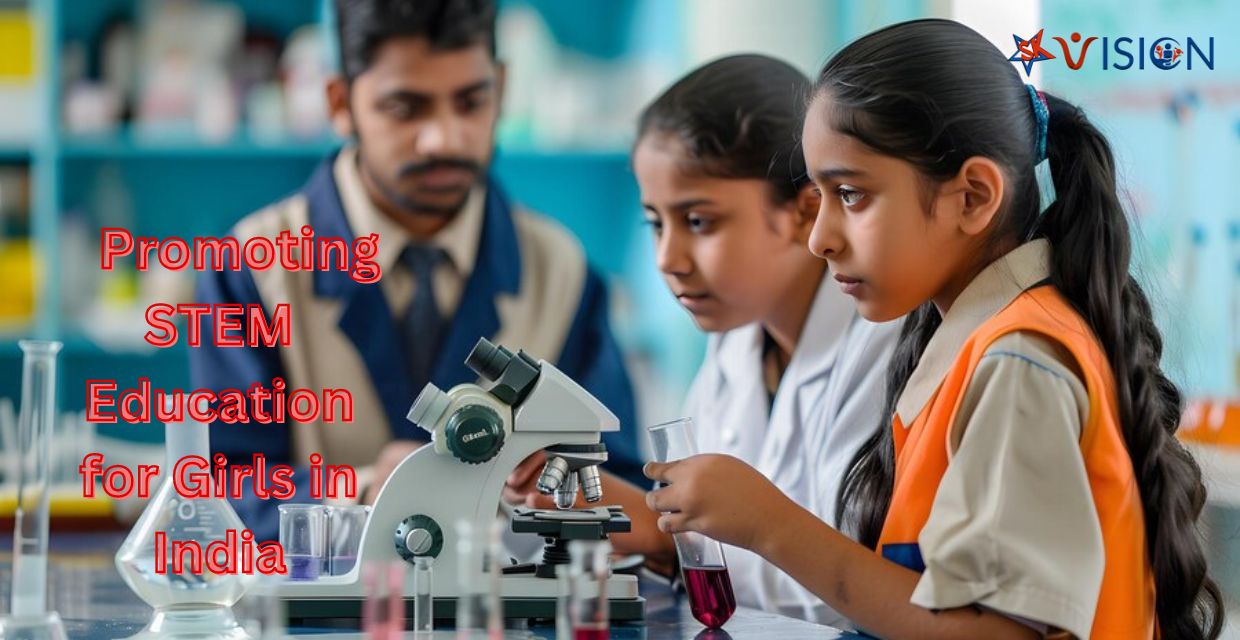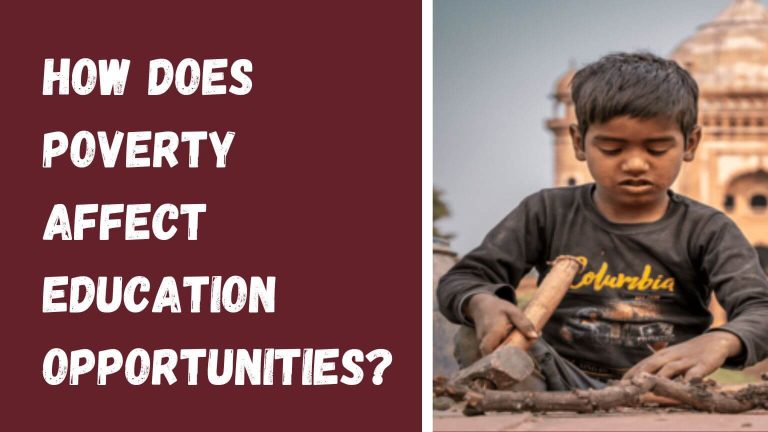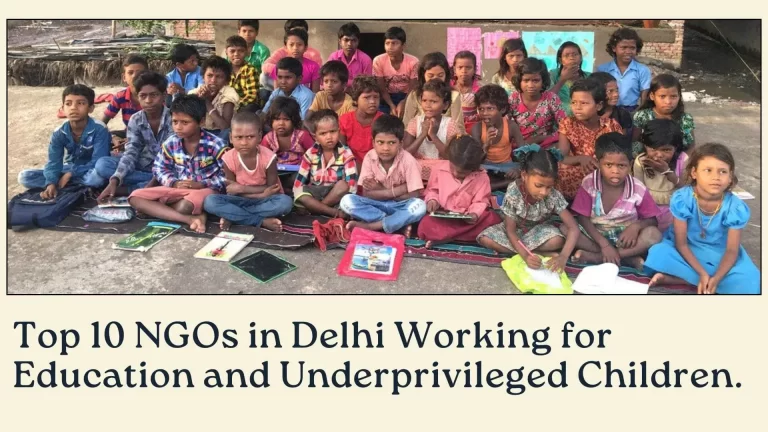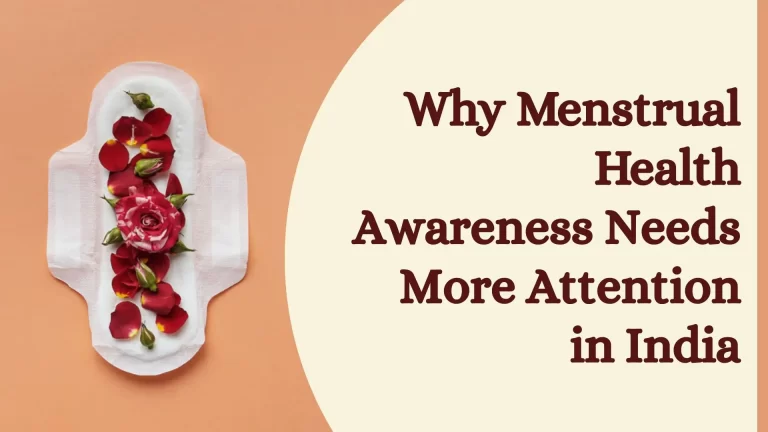Introduction:-
STEM stands for Science, Technology, Engineering and Mathematics. Since technology is advancing so rapidly, there is a need for a strong foundation of STEM education in India.
The first STEM function was initiated by the ‘US National Science Foundation’ in 2001. Generally, we see very little involvement of girls in STEM (Science, Technology, Engineering and Mathematics), which is a matter of concern.
In today’s education world, it’s very important to make advancements to promote girls’ education through STEM. STEM (Science, Technology, Engineering and Mathematics) education is very important for economic growth, scientific research, and development. It helps a country to become more powerful and successful.
The strong emphasis on STEM education is essential for global competitiveness, fostering challenges, and helping to solve complex challenges.

STEM is vital in scientific programs, healthcare and biotechnology, economic development, energy production, environmental conservation, infrastructure development, artificial intelligence, and data science. According to the article, India is one of those countries that has the most doctors and engineers.
Girls participation in STEM:
STEM is a section of study that is very important for the growth of the country. There is some data given related to girls’ participation in STEM education.
- According to the evaluated report GGI (Global Gender Gap) 2023 with 146 countries, the total female workforce is 29.2%.
- According to the National Science Foundation, the percentage of females graduating through STEM is 43%, which is higher all over the world. However, the percentage of females participating in the STEM work area is only 14%.
- In India, the problem is not that females are not getting an education; the problem is that girls do not participate in work even though they have completed their education through STEM.
- As science and technology contribute significantly to the economic sector, they can play an important role in increasing the participation of women in STEM in society by ensuring gender-neutral pay.
Challenges Faced by Girls in STEM in India
Social Inequality:
Girls are still seen with such little regard in our society. Girls are not permitted to pursue studies in STEM fields. They claim that these streams are only for men.
Household Chores:
Girls are under too much pressure in our society to take care of the home and take care of their little siblings. Instead of spending enough time for study, they spend a lot of time on household tasks.
Financial Reason:
Families don’t want to pay a huge amount for a girl’s education. So that they offer them to study through the arts or any other languages.
Early marriage or marriage pressure:
The family puts pressure on girls to get married at an early age. Or to first do the marriage and education in marriage, then complete their education. Because of that, they can’t pursue their education. Somehow, they complete their education, but they don’t get permission to do the job.
Gender Gap:
The gender gap is also one of the reasons why girls are facing problems in STEM education. According to World Bank data, in India, despite having a higher proportion of girls having graduated in STEM, the women’s share of the STEM workforce is less than one-third of the STEM workforce.
Strategies for Promoting STEM Education for Girls
To improve girls’ participation in STEM education, the government and different organizations have taken many initiatives. Some of them are given below:
The CURIE Scheme:
- The CURIE (Consolidation of University Research for Innovation and Excellence) was introduced in 2008–2009.
- This CURIE scheme was introduced by DST (Department of Science and Technology) under the KIRAN scheme.
- This scheme provides support to women’s institutions to establish state-of-the-art research infrastructure so that they can enhance research facilities and improve R&D activities.
Vigyan Jyoti Scheme:
This scheme, the Vigyan Jyoti Scheme, aims to address the degradation of women in different fields of STEM.
- Initially, a scheme was introduced at the school level for classes 9–12 to encourage meritorious girls to pursue their higher education.
- Later, it was introduced for the girls’ students from class 11 and up to the PHD level to encourage them to pursue their career in a STEM field. Ph.D.
- To motivate girls, various activities like science camps, special lectures and classes, counseling of students and parents, and interaction with role models are being conducted.
The GATI Scheme:
The GATI (Gender Advancement for Transforming Institutions) program was launched by the Honourable Prime Minister of India on the occasion of National Science Day.
- The concept of this pilot project, GHATI, was given by DST( Department of Science and Technology).
- It was aimed at promoting gender equality in STEMM (Science, Technology, Engineering, Mathematics, and Medicine) by encouraging higher education institutes toward a gender-equitable and inclusive future.
- This project was started by DST in partnership with the British Council.
WISE-KIRAN:
WISE-KIRAN (‘Women in Science and Engineering-KIRAN)
scheme was introduced by the DST (Department of Science and Technology).
- The program was aimed at bringing gender parity to the fields of science and technology.
- It enhances the participation of girls in S&T (science and technology) so that they can pursue their careers in STEM.
- The WISE-KIRAN scheme addresses the different challenges faced by women in their journey toward S&T education.
- Some programs run under this scheme area –
- a) Fellowship for Ph.D.
- b) Opportunity for Post-Doctoral Research
- c) Internship for an alternative career path in STEM
- d)Overseas Opportunities

Conclusion –
As the conclusion of STEM education, programs like GATI, Vigyan Jyoti, WISE-KIRAN, etc. are introduced to evaluate the education of girls in STEM (science, technology, engineering, and mathematics).
Apart from these schemes, schools can also make an effort to motivate STEM education for girls in India. They can provide success stories or female role models, such as female engineers, scientists, mathematicians, and technology professionals, who talk about their careers and journeys.




